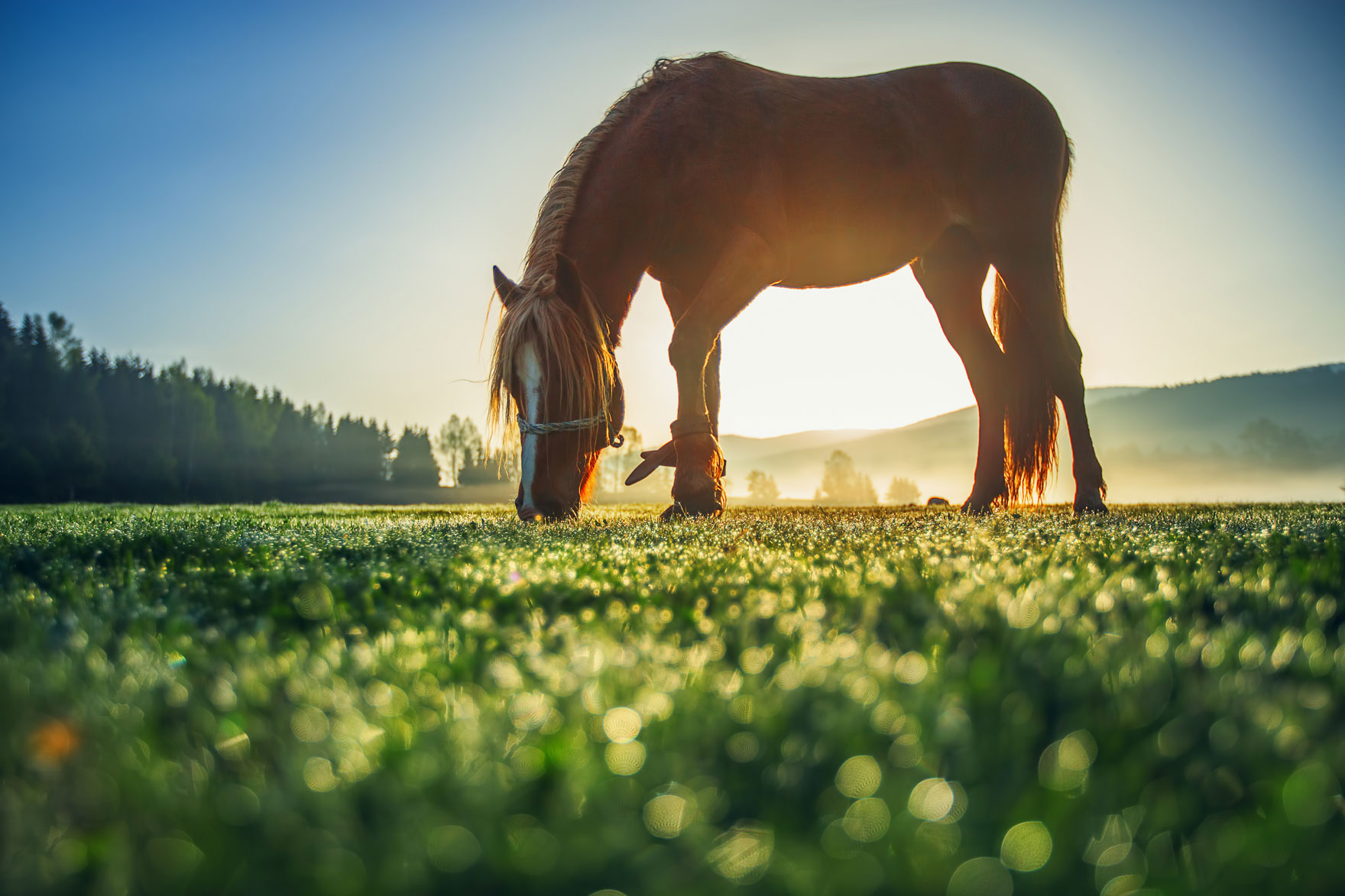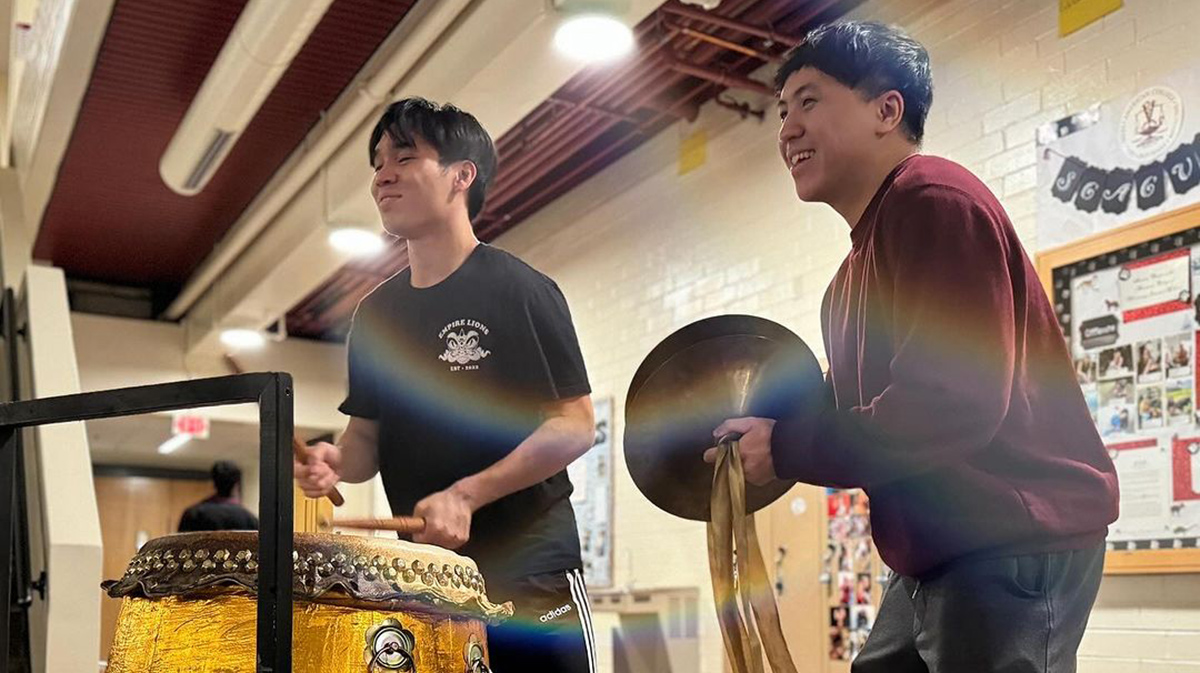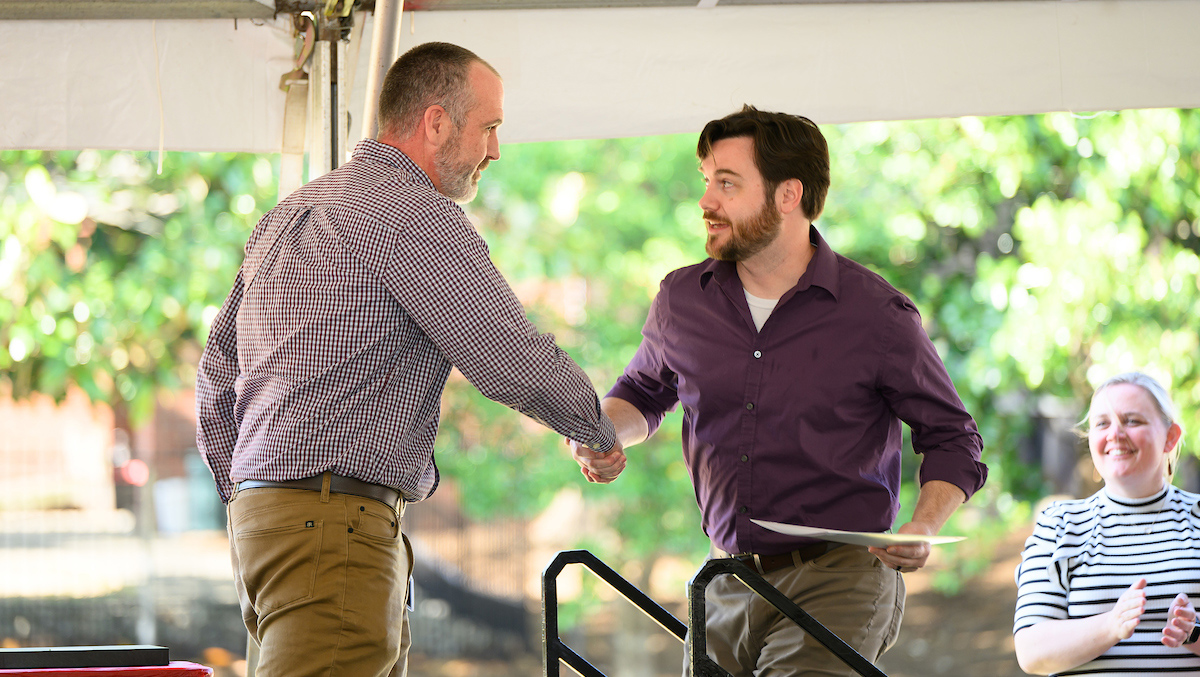Innovative Research May Help Solve Crimes by Unearthing Powerful New DNA Evidence
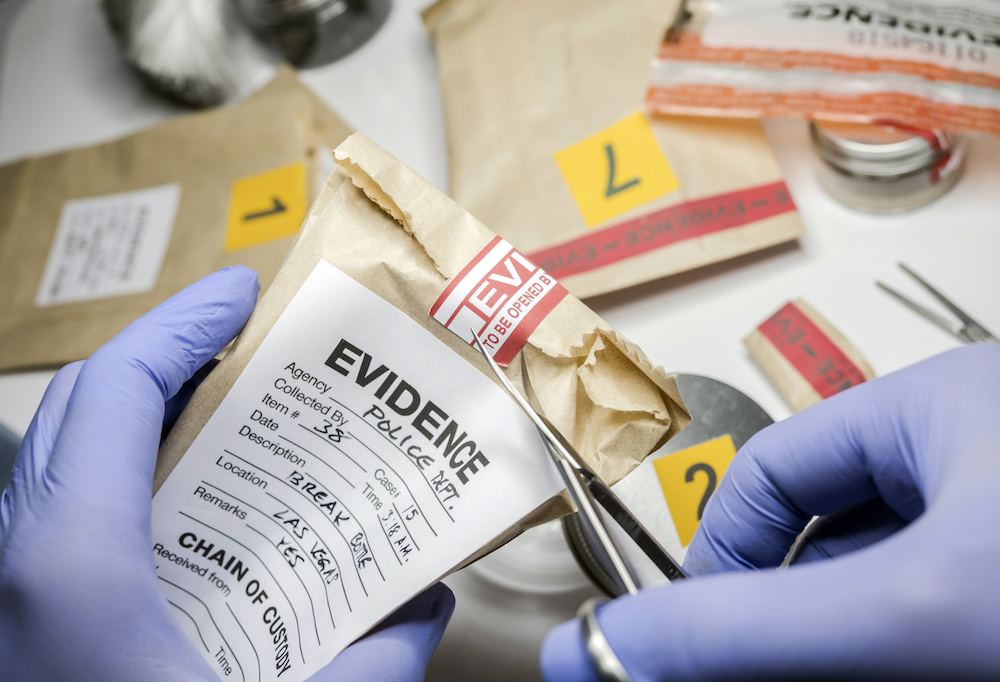
In the hands of a forensic scientist, even the tiniest bit of soil or dust can solve a crime.
A project at the NC State College of Veterinary Medicine (CVM) may provide a powerful, new way to analyze forensic evidence, leading to even more accurate links to a suspect or crime scene.
The first-of-its-kind research is exploring how DNA-based analysis of diverse biological taxa associated with soil and dust —fungi, bacteria, plant and insect fragments — could complement traditional geological-based analysis of such evidence.
Teresa Tiedge, a graduate student at the CVM, is leading the study, along with her adviser, Kelly Meiklejohn, CVM assistant professor of forensic science. Tiedge was recently awarded a fellowship grant from the National Institute of Justice (NIJ) to fund the research, the first time a CVM graduate student has received a NIJ fellowship.
The graduate fellowship is also the first for NC State since 2004. The NIJ, an agency within the United States Department of Justice, regularly supports research projects that show potential to reduce crime.
“Forensic geologists will also use various chemical methods to identify the minerals present in the material. However, sometimes the sample size is too limited to allow for these traditional analyses,” says Tiedge. This research would address the concern of obtaining evidentiary information from a limited sample size using a DNA approach.”
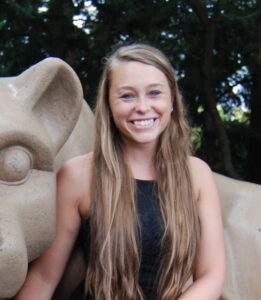
Forensic laboratories in the United States do not currently use DNA approaches to characterize biological taxa in geologic material, says Tiedge. The study will use a method called DNA metabarcoding to identify the different taxa present in such evidence and determine which taxa are most stable so that they may reliably aid in forensic investigations.
The result could provide forensic scientists with the foundational framework to adopt such approaches to regularly analyze soil and dust evidence.
“Characterizing biological taxa from geologic evidence could revolutionize forensic geology by providing greater accuracy for sample-to-sample comparisons and site separation,” says Meiklejohn.
For the project, Tiedge is collecting mock geological evidence monthly for a year from an urban and agricultural site in Raleigh. DNA metabarcoding will be used to characterize bacteria, fungi, insects and plant material associated with each mock evidence sample using new sequencing technologies. Eventually, statistical charts which illustrate differences between evidence types, study sites and collection times will be used to pinpoint which taxa can reliably be used for sample-to-sample comparisons.
“The breadth of research conducted at the CVM is vast, and this fellowship only exemplifies this,” says Meiklejohn. “I hope this fellowship will be the first of many, as we continue to grow an exceptional forensics research program at the CVM.”
This is exciting work for Tiedge, who grew up watching “Forensic Files,” a TV show that showcases crimes often solved in part through extraordinary, untraditional means such as a faceprint on a plastic bag or sand transferred from a crime scene to a car’s floorboard.
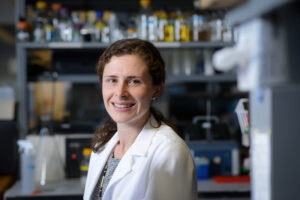
She began taking forensic science classes in high school, eventually earning bachelor’s and master’s degrees in forensic science. While Tiedge was working on her master’s at the Pennsylvania State University, the program’s interim director, Jack Hietpas, connected her with Meiklejohn, whom he had worked with when they were postdoctoral research fellows at the FBI.
Meiklejohn joined the CVM’s Department of Population Health and Pathobiology in 2018 as a Chancellor’s Faculty Excellence Program cluster hire in forensics. Tiedge joined her lab to pursue her Ph.D. in 2020.
“The biggest impact I hope to make is to help people,” says Tiedge. “I always admired that forensic scientists were able to assist in obtaining justice for victims. I hope that this research will be able to do that one day.”
~Jordan Bartel/NC State Veterinary Medicine
